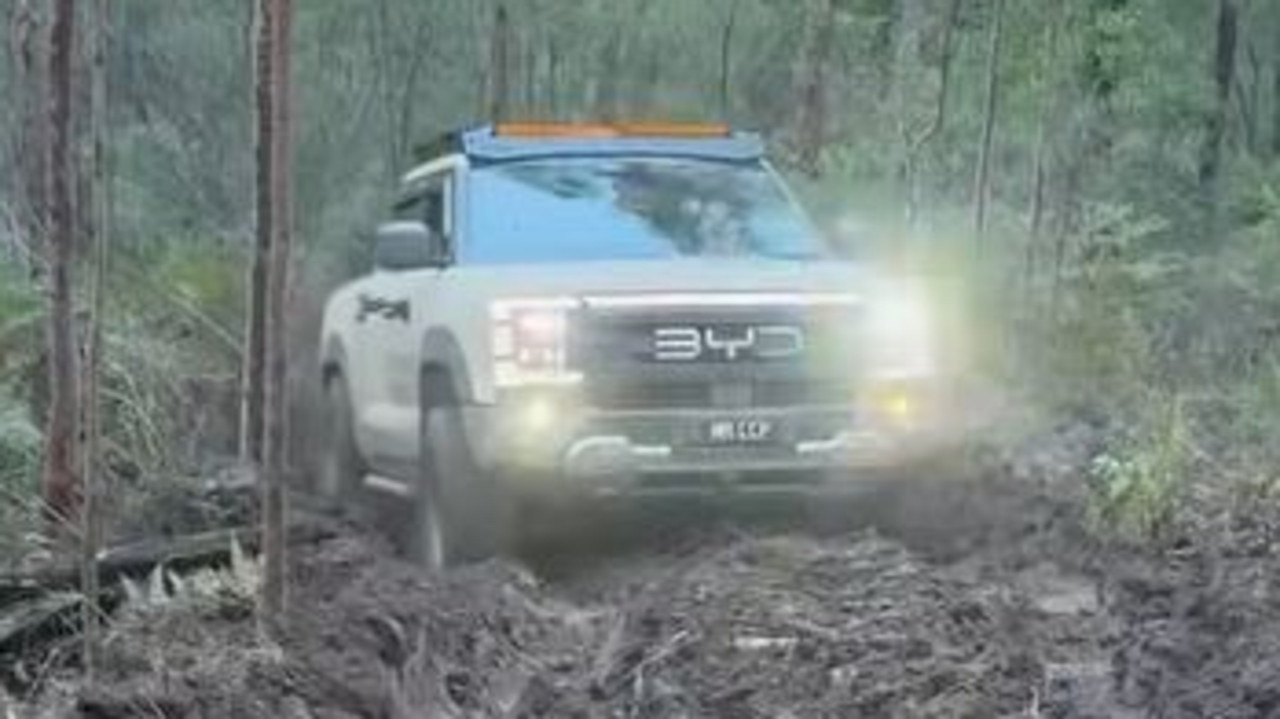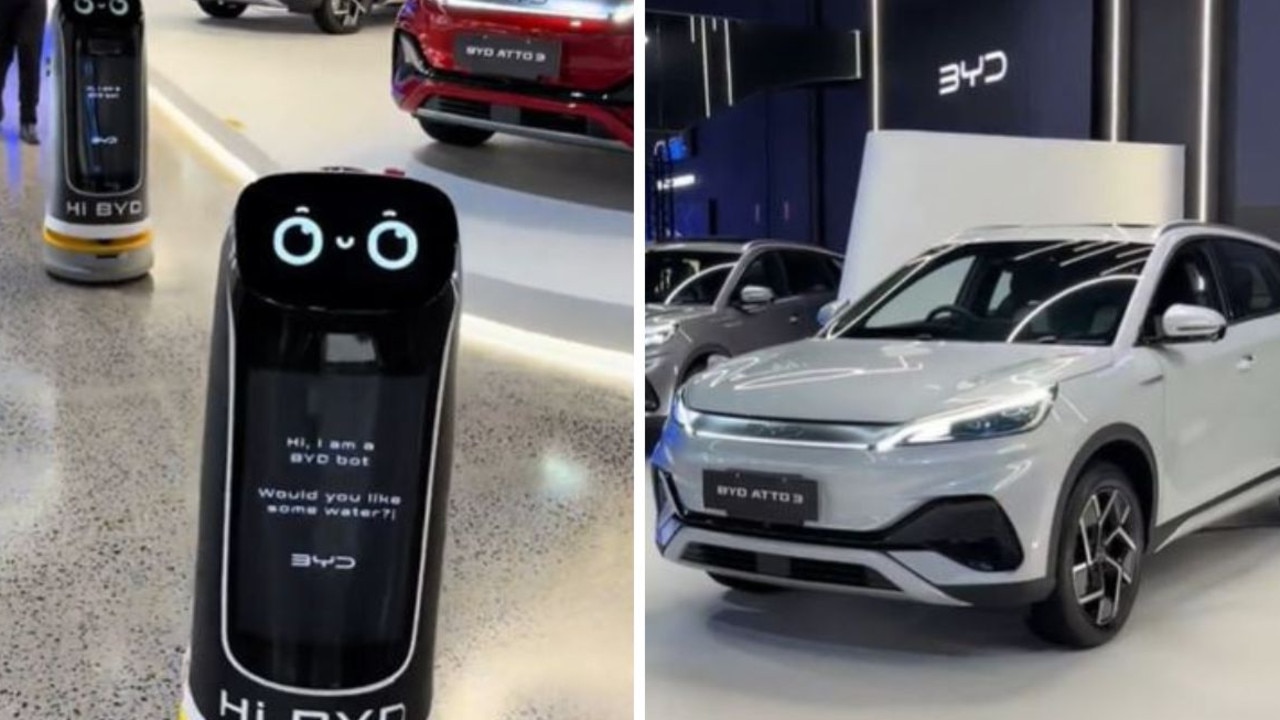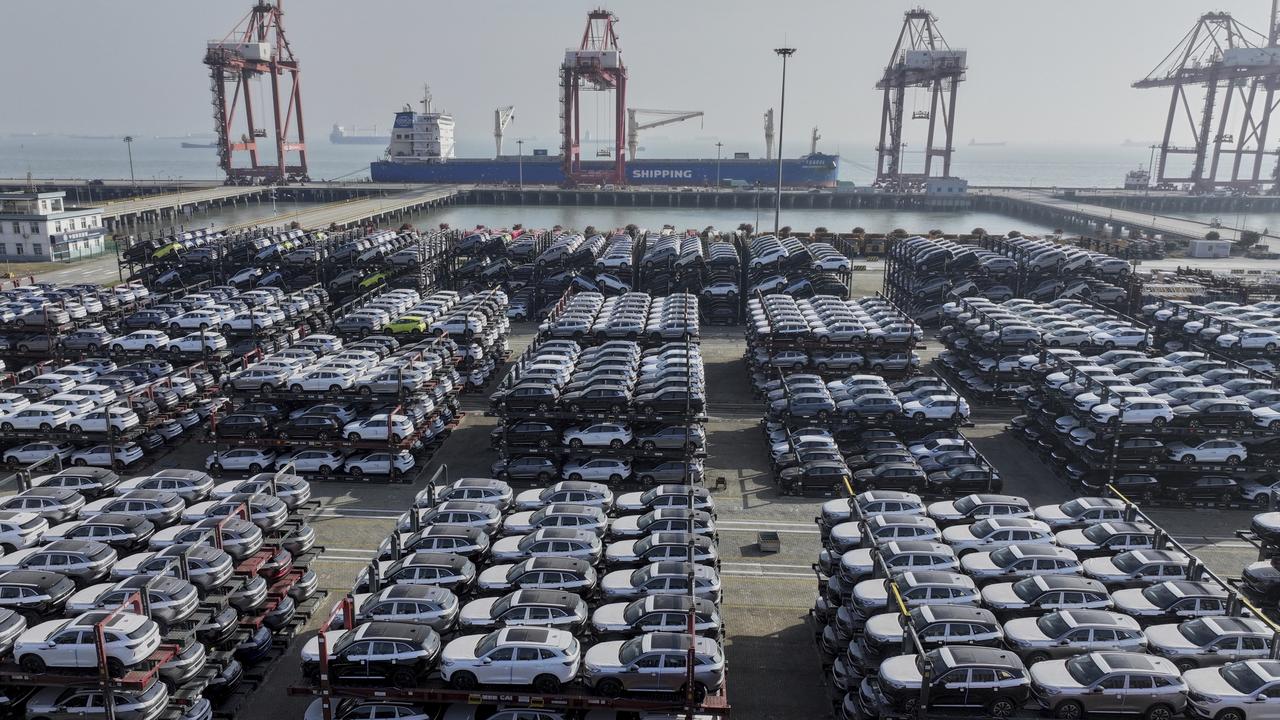FCAI emissions study names and shames the big polluters
A new study has dished the dirt on the environmental performance of leading car brands and there are some big shocks in the numbers.
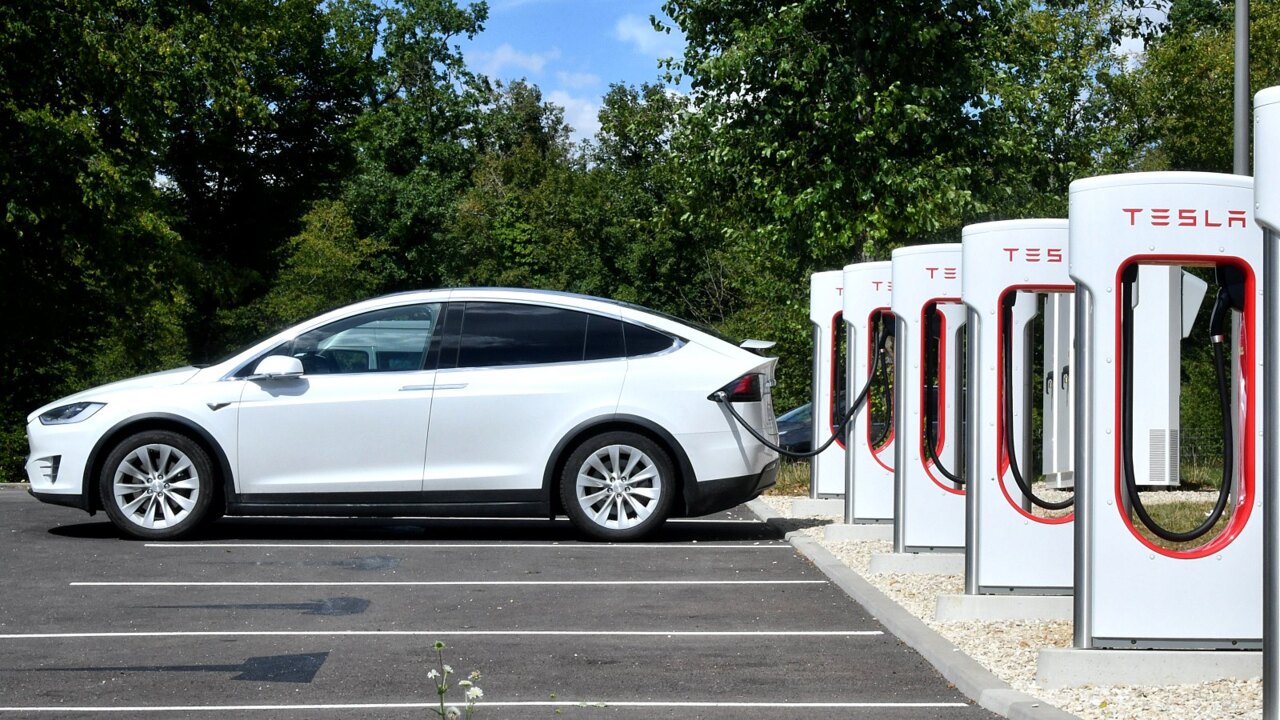
The car industry has stumbled at the first hurdle of its plan to reduce CO2 emissions — and some of our most popular brands are the biggest culprits.
Roughly two-thirds of the brands who committed to a voluntary CO2 target failed to meet their number for passenger vehicles, while less than half achieved their goal for heavy SUVs, vans and utes.
Toyota was Jekyll and Hyde in the assessment by the Federal Chamber of Automotive Industries.
The brand was easily the best performer for passenger vehicles, thanks to strong sales of its fuel-sipping hybrids. Its average CO2 emissions per car were roughly 100g/km, well below the industry average of 154g/km.

But it was one of the worst offenders in the heavy SUV and ute category, where it missed its target by a significant margin, recording an average of 230g/km, well above the industry target of 197g/km.
That number is significant because roughly half the brand’s sales fall into the latter category.
The Toyota result highlights the challenges faced by the car industry as buyers flock to off-roaders such as the HiLux and LandCruiser.
The HiLux has been the most popular car in the country since 2016, thanks largely to a new generation of non-tradie buyers who are using them as de facto family wagons and adventure vehicles.

COVID has worsened the problem, as well-heeled buyers cash in their international travel refunds and buy a big 4WD to explore Australia. Sales of the gas-guzzling LandCruiser were up by more than 60 per cent in the first quarter of this year.
Toyota has a huge impact on the country’s vehicle emissions because it dominates the Australian market, accounting for more than one in five new-car sales. It also has the lion’s share of the used car market.
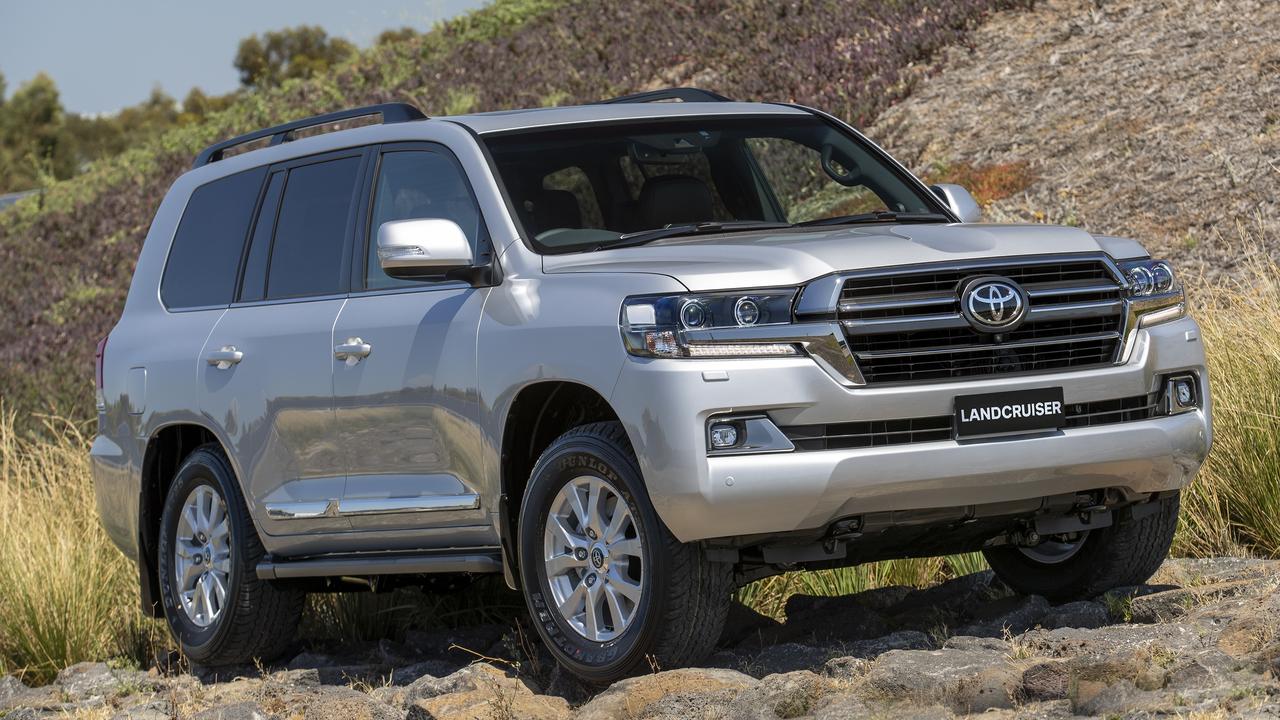
Controversially the new FCAI scheme gives Toyota credits for its hybrid vehicles, which it can use to offset its less efficient vehicles. In Europe, only plug-in hybrids and electric vehicles qualify for the credits. Toyota has the lion’s share of credits with more than 6 million already accumulated. Mercedes-Benz is next with a little more than 400,000.
Ford was by far the worst performer of the major brands. Its car-related emissions average was double that of Toyota’s (202g/km v 100g/km), while its SUV and ute emissions were also high (210g/km).
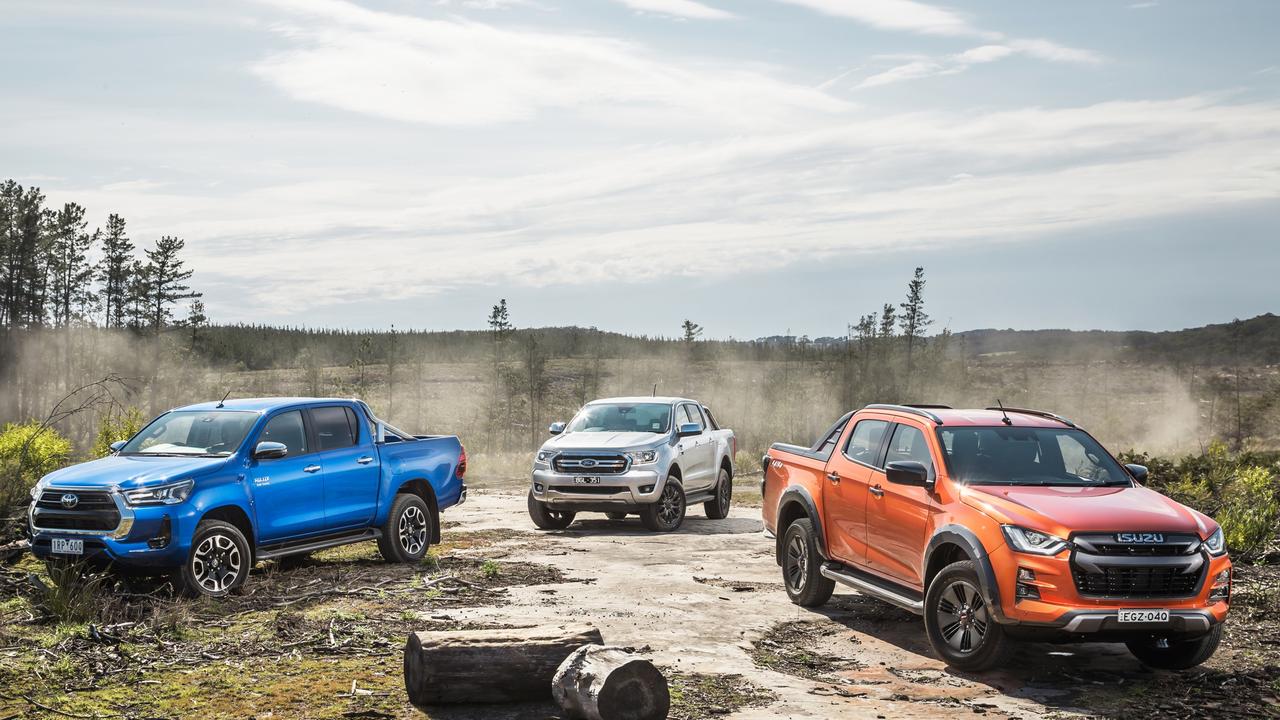
Suzuki was the best, with an average of just 130g/km.
Of the major brands Volkswagen, Volvo, Audi, BMW, Mercedes and Skoda beat their passenger car targets, although Volkswagen was let down by its SUV and ute numbers.
Mazda, Hyundai, Kia, Mitsubishi and Subaru missed their passenger car targets.
Australia lags behind the rest of the world on vehicle emissions due largely to the lack of a mandated government CO2 target.
In the absence of a government framework, the FCAI has decided to set a voluntary 2030 target of 100g/km for passenger cars and 145g/km for heavy SUVs, utes and vans.
By contrast, Europe has had a mandatory CO2 target of 95g/km for passenger cars since 2020.
Neither of the major political parties is proposing the introduction of a mandatory C02 target for the industry, despite advice from the Climate Change Authority.
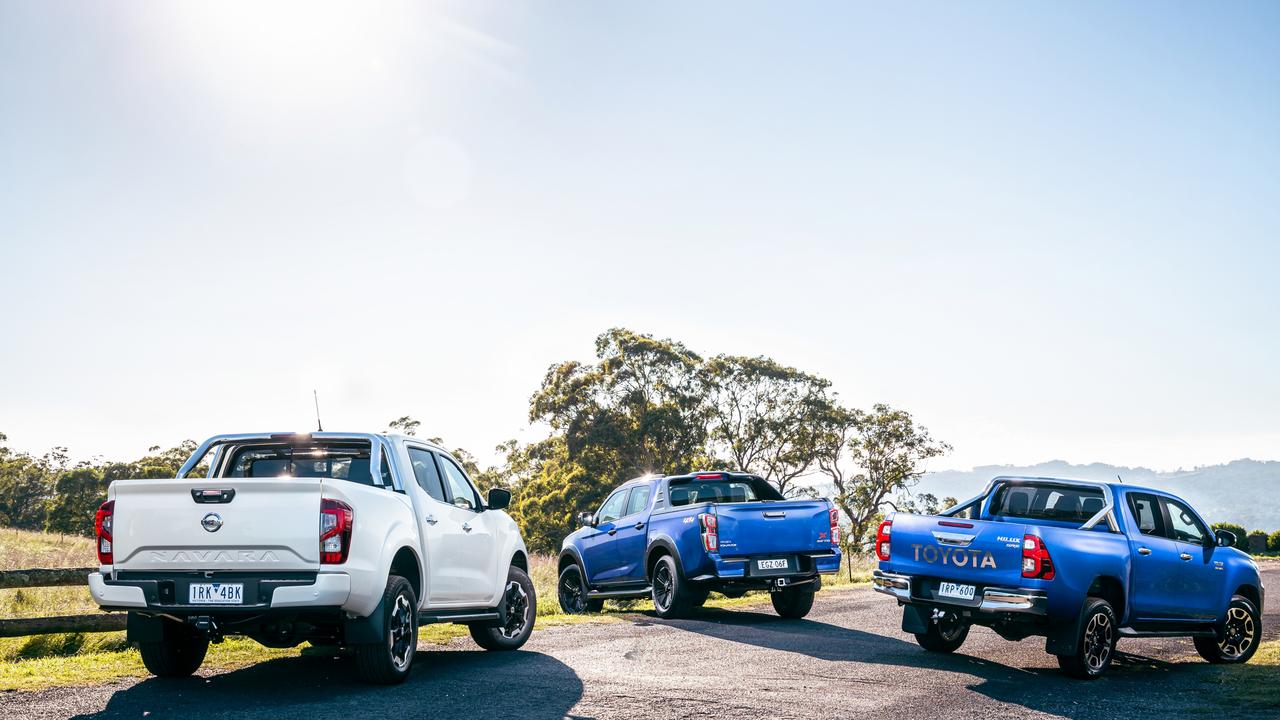
In 2014, it recommended a target of 105g/km by 2025.
At the time it said voluntary targets didn’t work.
“Voluntary standards in the past have not been effective in driving cost-effective and beneficial reductions in emissions intensity and are unlikely to be any more effective in the future,” its report says.
FCAI chief executive Tony Weber says government buy-in to an emissions target is crucial to success.
“Clear and consistent direction from governments is a critical signal to car makers who will respond by doing what they do best — and that is, bring the latest, safest and most fuel-efficient vehicles to customers. To support this emissions reduction challenge, the FCAI would be pleased if the Federal Government adopted the FCAI Voluntary Standard as a part of the ambition to reduce emissions in the transport sector.”

He warns some brands may struggle to reach their 2030 targets.
“The pathway to the 2030 target will not be smooth. Individual brands may not always record annual improvements or meet the annual industry target. What matters is where we are in 2030.”
While the car companies are under the microscope, the tastes of Australian buyers are dictating the results.
A 2020 carbon emissions intensity report by the Australian Transport Commission found that if people who purchased new vehicles in 2019 had chosen the best-in-class for emissions performance, Australia’s average carbon emissions intensity would have dropped 63 per cent to just 67g/km.
PASSENGER CAR AND SUV CO2 EMISSIONS (grams per km)
Ford - 202 (target missed by 31.9)
Nissan – 170.1 (missed by 11.8)
Kia – 169.7 (missed by 14.4)
Hyundai – 168.3 (missed by 19.4)
Mitsubishi – 166.1 (missed by 15.5)
Subaru – 165 (missed by 11.3)
BMW – 162.7 (beat target by 6)
Mercedes-Benz – 162.6 (beat by 13.2)
MG – 161.5 (missed by 23.5)
Audi – 157.9 (beat by 6.7)
Mazda – 156.5 (missed by 2.3)
Honda – 155.8 (missed by 9.3)
Volkswagen – 152.9 (beat by 2.5)
Suzuki – 129.8 (missed by 11.3)
Toyota – 100.2 (beat by 60.2)
UTES AND HEAVY SUVs CO2 EMISSIONS
LDV – 241.7 (missed by 42)
Mazda – 236 (missed by 40.7)
RAM – 235.9 (beat by 3.4)
Toyota – 230.4 (missed by 19.2)
Jeep – 230.3 (missed by 17.4)
Hyundai – 228.9 (missed by 35)
Mitsubishi – 220.9 (missed by 24.5)
Volkswagen – 214.1 (missed by 22.4)
Nissan – 214 (missed by 8.1)
Ford – 209.7 (beat by 2.8)
Isuzu – 206.3 (missed by 10.6)
Mercedes-Benz – 206.2 (beat by 3.6)
Land Rover – 189.2 (beat by 16.1)
BMW – 172.9 (beat by 6.5)
Subaru – 164.2 (beat by 3.5)




